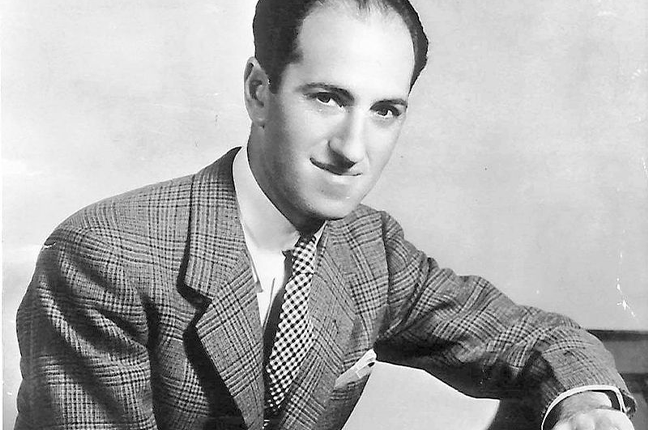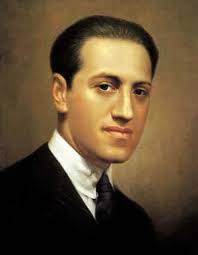George Gershwin, born Jacob Gershowitz on September 26, 1898, in Brooklyn, New York, is one of the most iconic figures in American music history. His compositions seamlessly blended elements of classical music with the vibrant rhythms of jazz, creating a unique and enduring musical legacy.
From a young age, Gershwin showed a prodigious talent for music. He began playing the piano at the age of seven and quickly demonstrated his gift for improvisation. Despite growing up in modest circumstances, his passion for music led him to pursue a career as a composer.
Gershwin’s breakthrough came in 1924 with the premiere of his masterpiece, “Rhapsody in Blue.” Commissioned by bandleader Paul Whiteman for a concert titled “An Experiment in Modern Music,” the piece was an instant sensation. With its sweeping melodies, syncopated rhythms, and innovative orchestration, “Rhapsody in Blue” captured the energy and excitement of 1920s America.
Following the success of “Rhapsody in Blue,” Gershwin continued to push musical boundaries with works like “Concerto in F” and “An American in Paris.” He collaborated with his brother, lyricist Ira Gershwin, on numerous Broadway musicals, including “Funny Face,” “Girl Crazy,” and “Of Thee I Sing,” which won the Pulitzer Prize for Drama in 1932.
In addition to his achievements in classical and theatrical music, Gershwin made significant contributions to the world of film. He composed the score for several Hollywood movies, including “Shall We Dance” and “A Damsel in Distress,” earning him an Academy Award nomination for Best Original Song.
Despite his meteoric rise to fame, Gershwin remained humble and dedicated to his craft. He tirelessly explored new musical ideas, drawing inspiration from diverse sources ranging from folk tunes to African-American spirituals. His ability to blend these influences into cohesive and accessible compositions earned him widespread acclaim as a true innovator of American music.
Tragically, Gershwin’s life was cut short at the age of 38 when he succumbed to a brain tumor in 1937. However, his music lives on as a testament to his enduring creativity and influence. From the soaring melodies of “Summertime” to the pulsating rhythms of “I Got Rhythm,” George Gershwin’s music continues to captivate audiences around the world, ensuring his legacy as one of the greatest composers of the 20th century.


Comments are closed